Thanks to super talented filmmaker Alon Daniel, we’ve got here another proof that old cinema cameras are alive and kicking. Alon shot this awe-inspiring music video using forty-year-old cameras that run 16mm magic inside them. Let’s have a look.
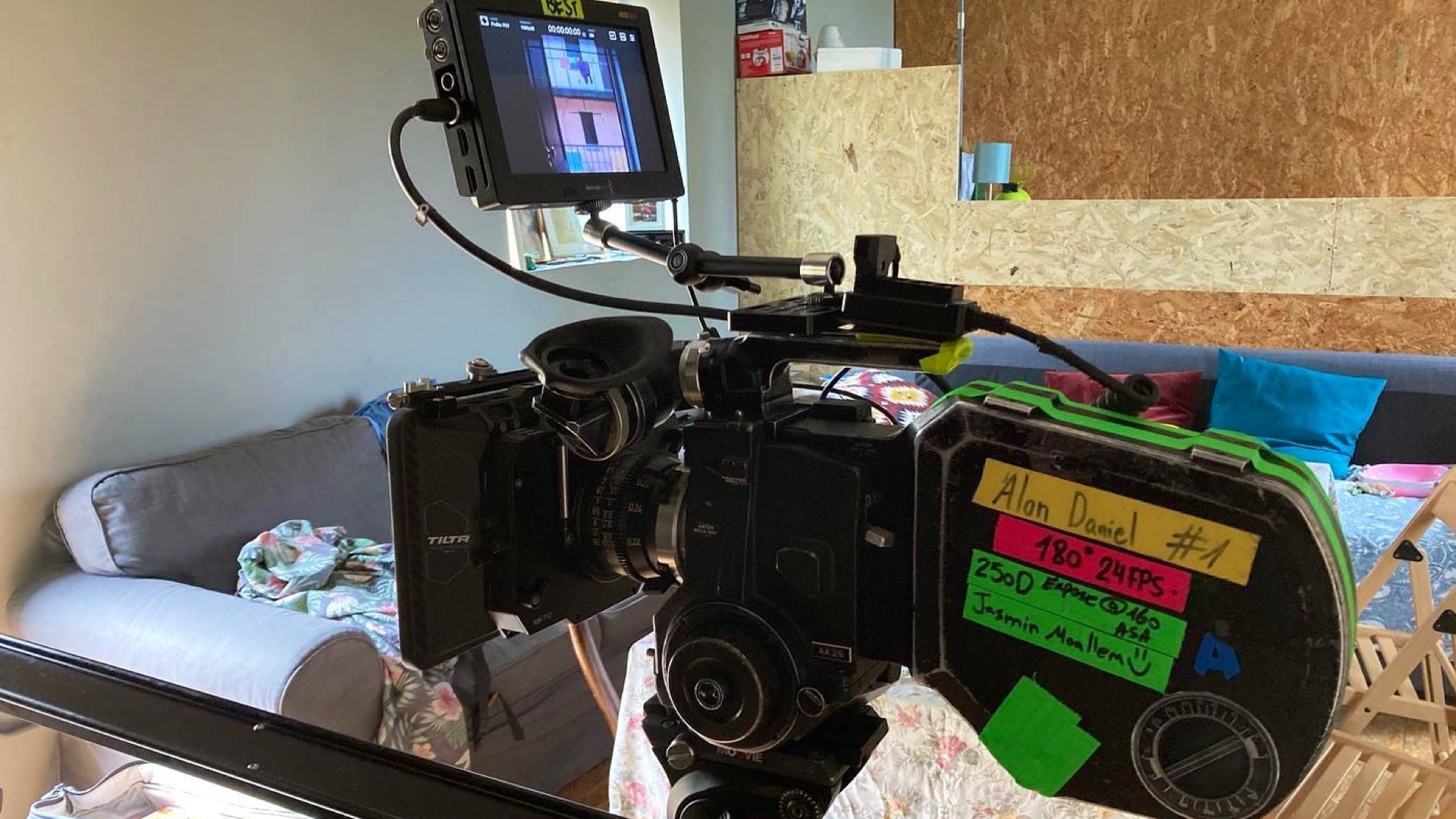
Utilizing (very) old cameras in modern projects
No, you don’t need the newest RED/ALEXA/Canon/Sony cinema cameras to make art. Film cameras from the 1970s with Super 16mm film stock will do the job, even better. Israeli filmmaker Alon Daniel has directed a music video called “Mehila: (forgiveness) staring singer Jasmin Moallem. With the help of Steadicam operator Gilad Porat, and 1st AC – Nevo Shirazi, they have managed to craft a beautiful art-form. This project was shot on old 16mm and Super 8 cameras: Aaton LTR7, ARRIFLEX SR3 Advanced, Krasnogorsk 3, Filmosonic XL 1237, and Sony VX2100. The lenses: Zeiss Super Speeds 9.5mm & 16mm T1.3, Optar primes T1.3, Angenieux 5.9mm T2, and Century 6mm T1.8. Alon used Kodak 500T and 250D as the main film stocks.
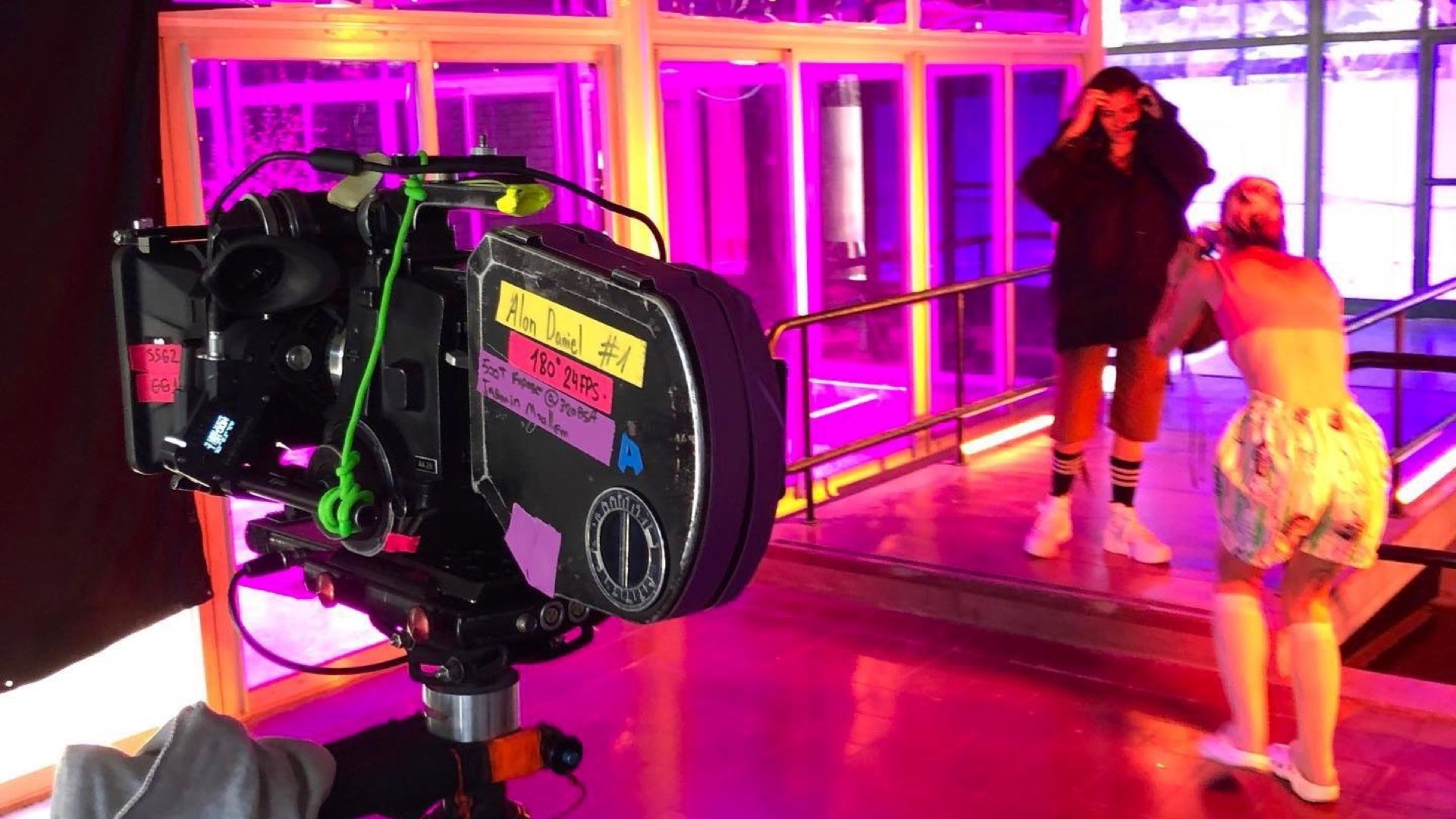
Creating the correct vibe
“Straight from the beginning when Jasmin sent me the song which in English is ‘Forgiveness’ I had a vibe and look that I knew that would fit in” Alon stated. “My pitch was: It’s like when you are traveling and meeting some cool people and see how they are as a family and how they are during their relationship and you are capturing it into your camera that you brought with you to this trip. The music video was shot in Italy & Israel” he said. As for choosing unconventional cameras, Alon justified his choices by saying: “As the story is authentic I wanted the look to be super realistic and there was no doubt about shooting it on film. I used mixed formats like Super 8, STD 16, S16, and a tiny bit of mini DV.”
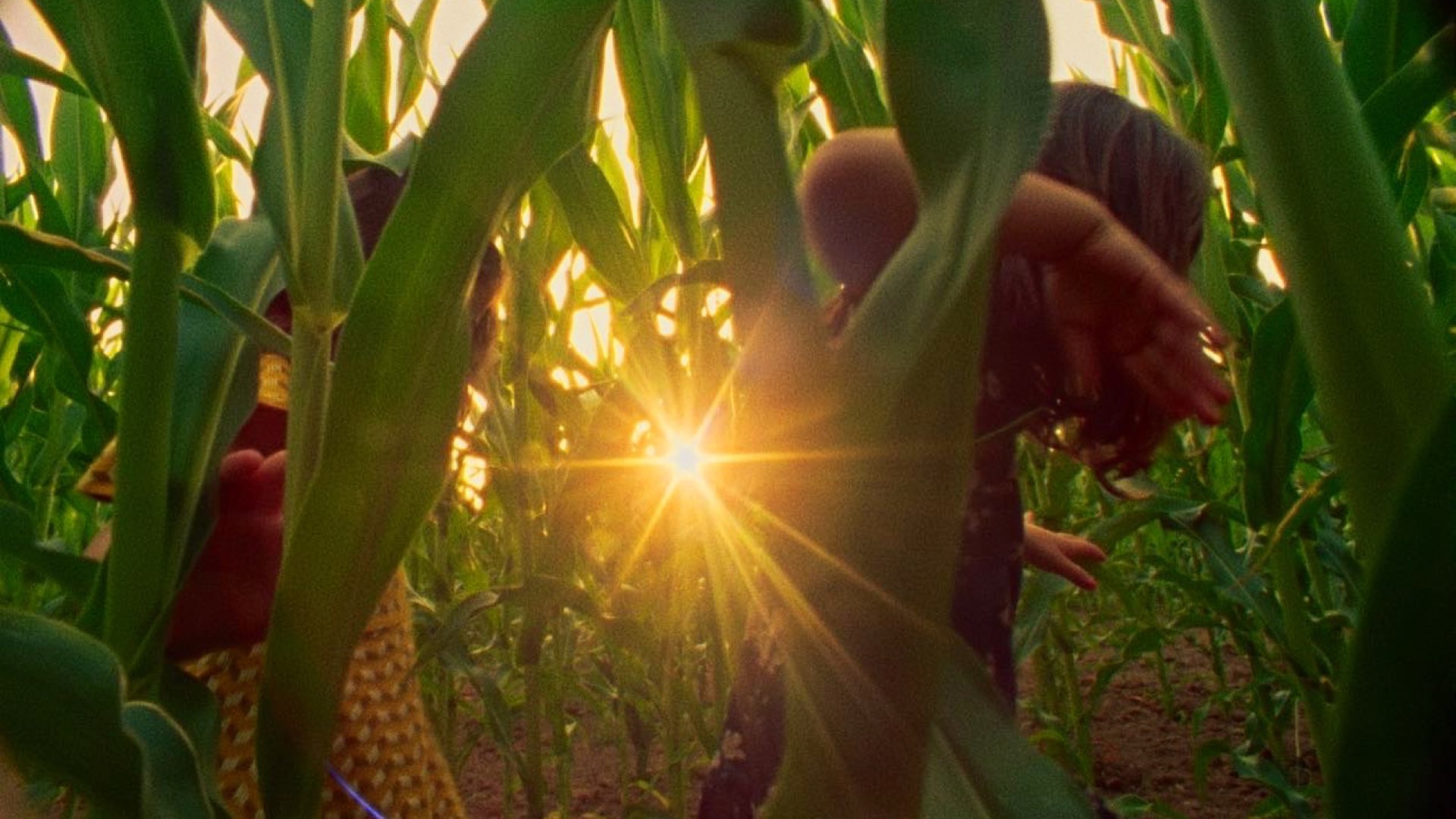
As the story is authentic I wanted the look to be super realistic and there was no doubt about shooting it on film. I used mixed formats like Super 8, STD 16, S16, and a tiny bit of mini DV.
Filmmaker Alon Daniel
The cameras: Aaton LTR and ARRIFLEX SR3
The main cameras used to shoot the clip are the Aaton LTR and ARRIFLEX SR3. The Aaton LTR 16 mm movie camera became available on the market in the late 1970s. It has been succeeded by several improved models, including the LTR, LTR 54, and more models. As for the ARRIFLEX 16SR3, the basic model was introduced by ARRI in 1975. ‘SR’ Stands for Silent Reflex. In 1992, ARRI released the 16SR3 which appeared in two versions: “Advanced” (running speed: 5 to 75 frame/s) and “HS” (High Speed), for high-speed filming (running speed: 5 to 150 frame/s). Check out the music video below:
In our opinion, there’s nothing more artistic than grainy celluloid to capture light. let’s know your opinion about this clip. Would you choose 16mm to shoot your projects?

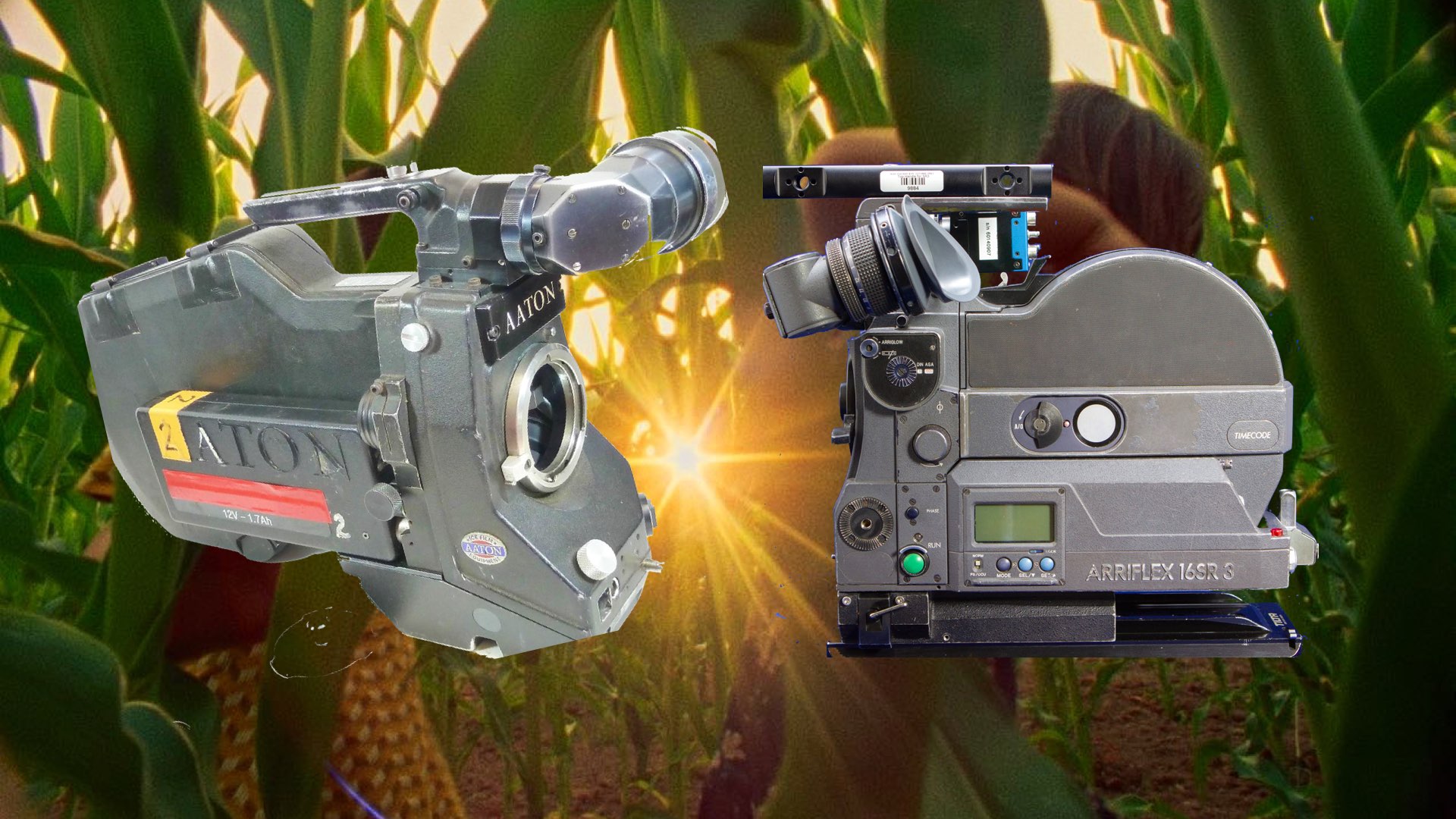


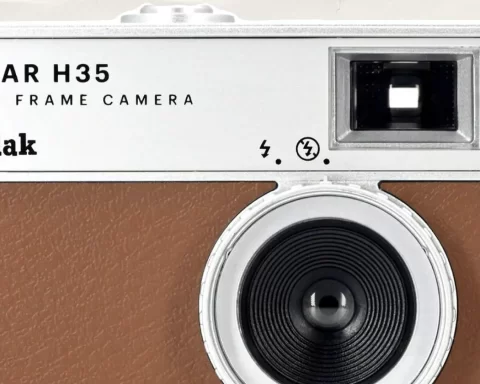


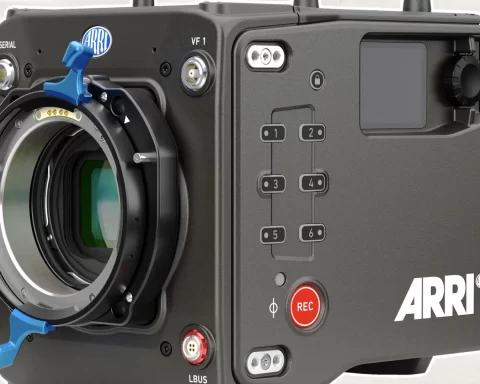

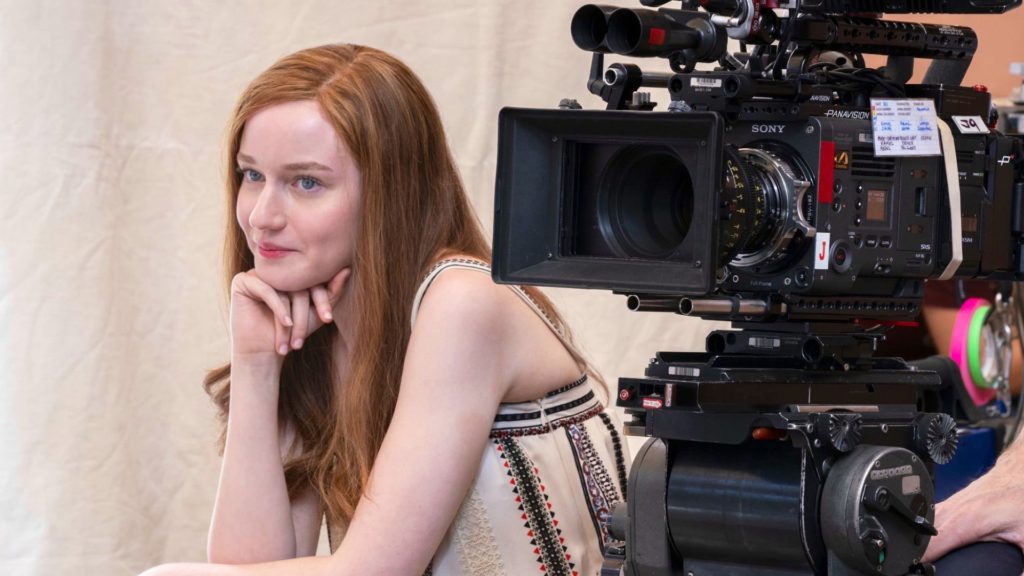
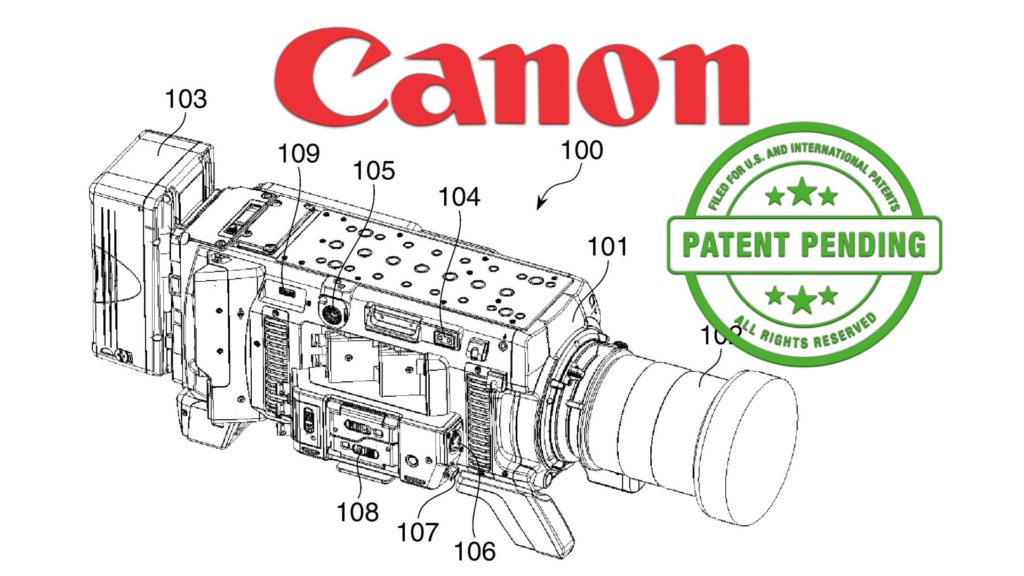
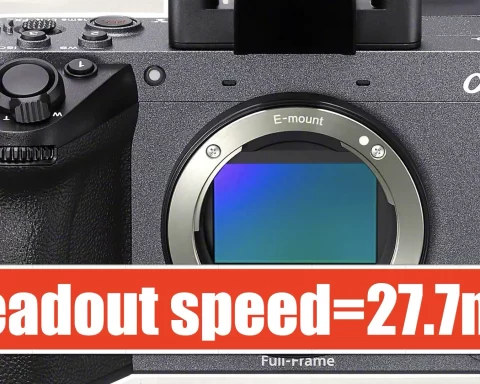



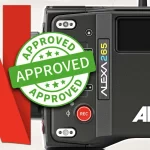
“Stunning?”
Absolutely!